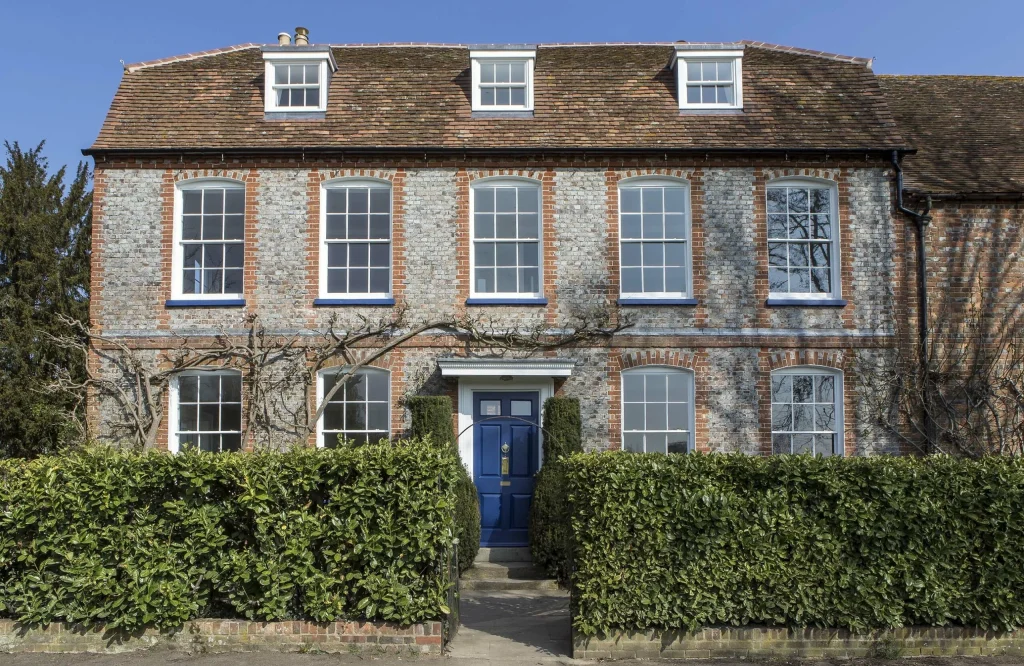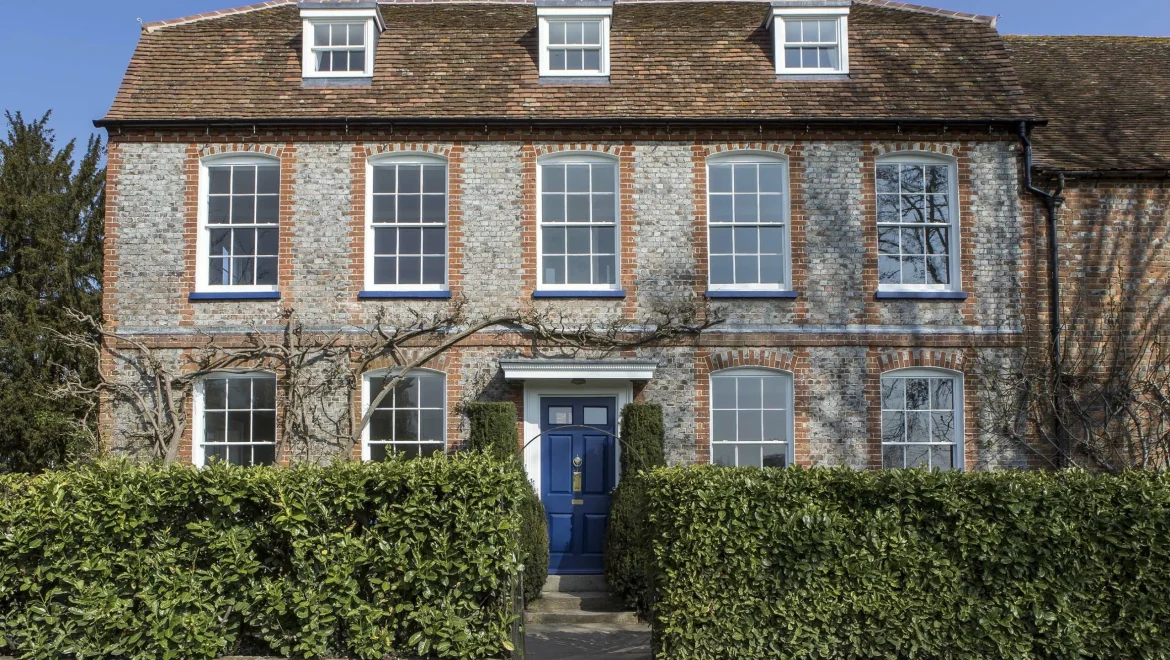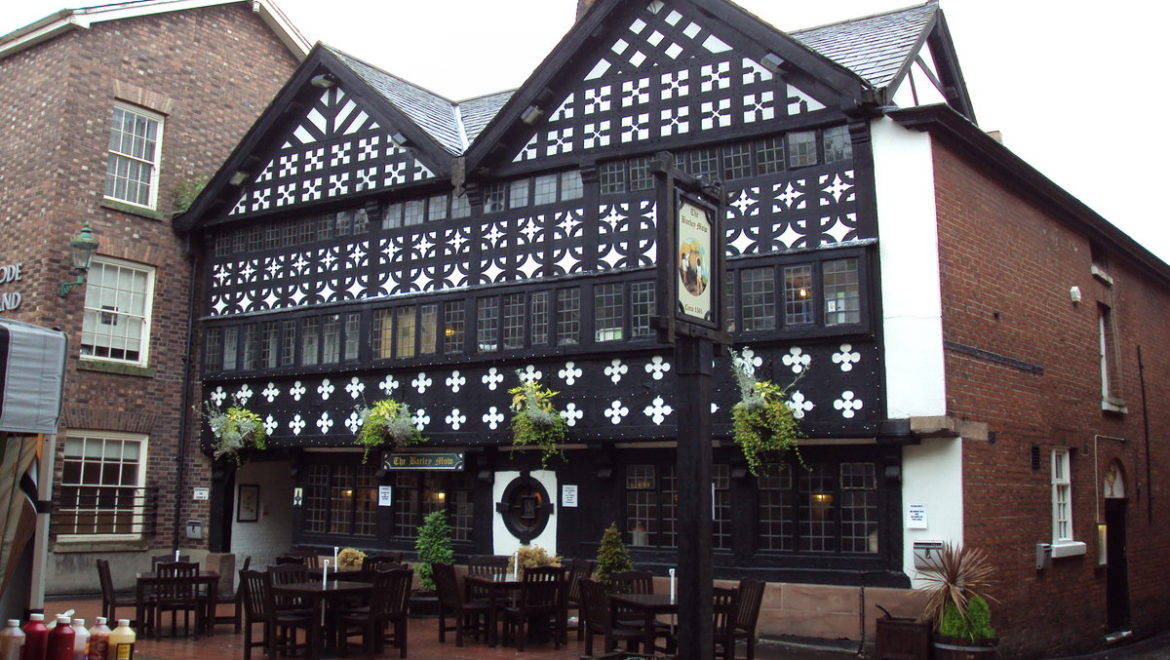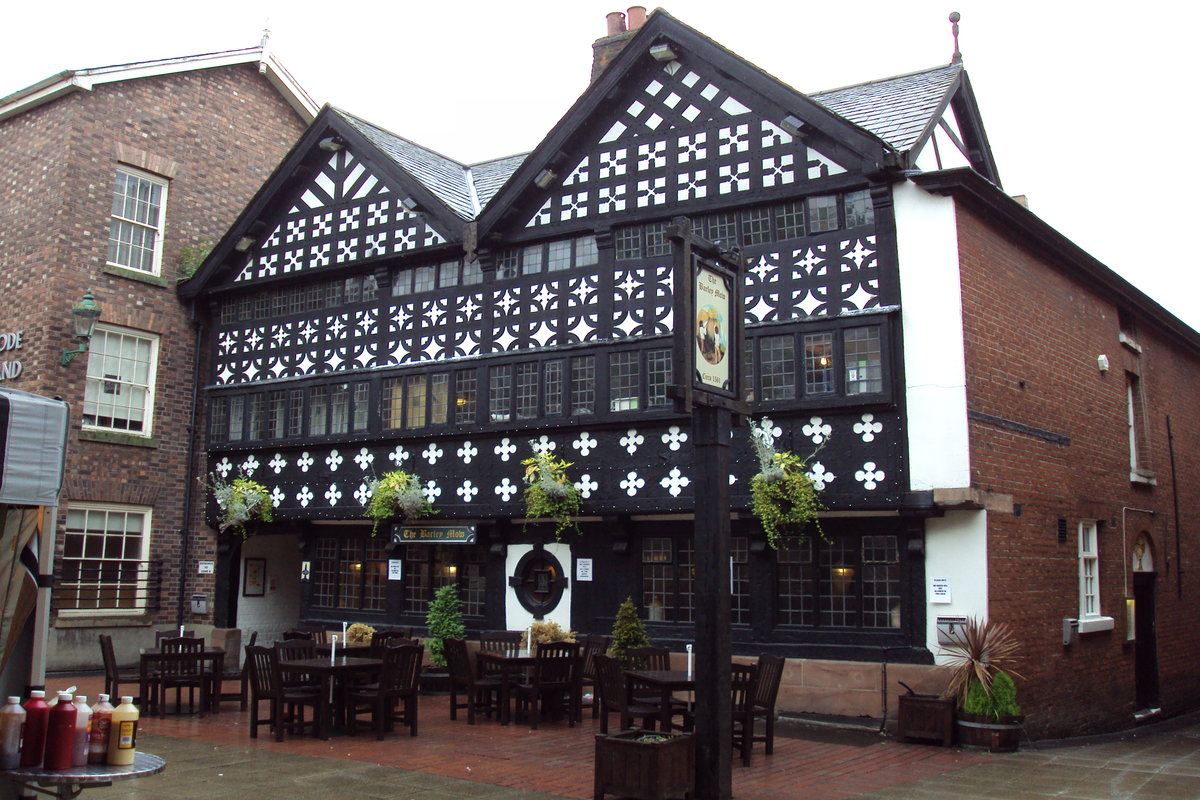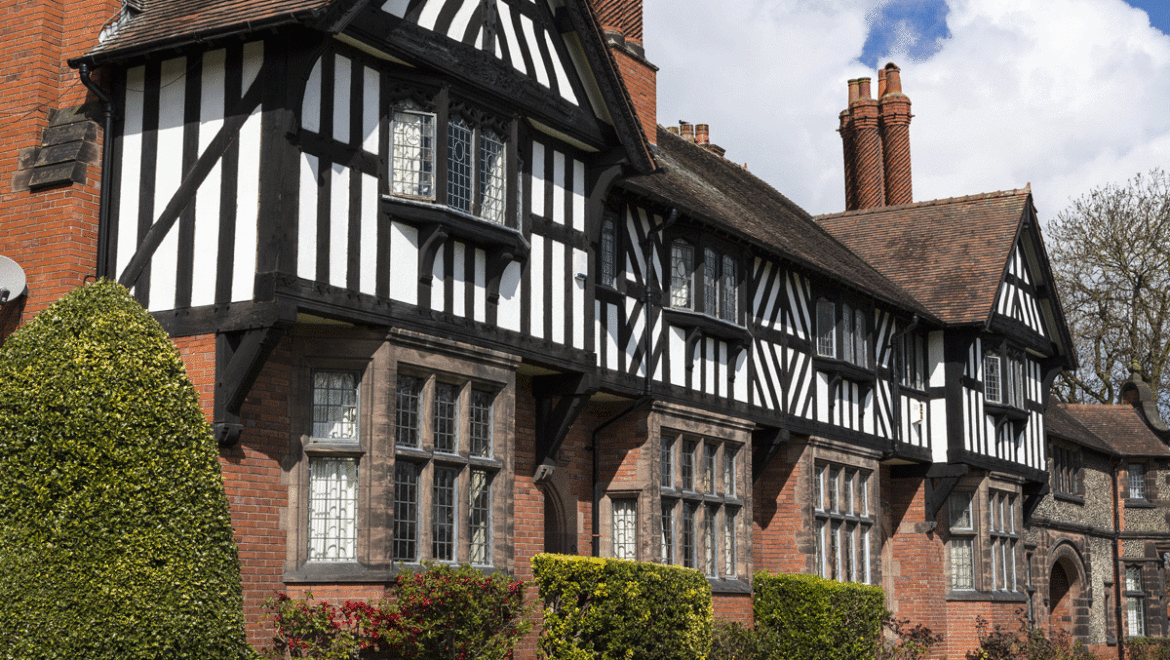Preserving the Past: A Journey into Historic Home Renovations
Renovating an older or historic home is a journey through time, where the echoes of the past meet the demands of the present. It’s a delicate dance between preserving the character and charm of a bygone era while seamlessly integrating modern amenities. In this blog, we’ll explore the unique challenges and rewarding experiences of historic home renovations. Drawing on insights from those who have embarked on this captivating journey.
Preserving Character:
One of the key considerations in historic home renovations is preserving the unique character that comes with the passage of time. Whether it’s the intricate woodwork, ornate moldings, or historic architectural details, maintaining these elements is crucial to retaining the home’s authenticity. Homeowners often find themselves torn between the desire to modernize and the need to honor the craftsmanship of the past.
Tip 1: Document and Research
Before diving into renovations, take the time to document and research the history of your home. Old blueprints, photographs, and local archives can provide valuable insights into the original design and features. Understanding the historical context will guide your decisions in preserving what truly makes your home special.
Challenges in Historic Renovations:
While the rewards of breathing new life into a historic home are immense, the challenges are equally significant. Dealing with outdated materials, adhering to strict preservation guidelines, and navigating unexpected structural issues are just a few hurdles that renovators may encounter.
Challenge 1: Building Codes and Preservation Regulations
Local building codes and preservation regulations can present formidable challenges. Striking a balance between compliance and preservation requires a thorough understanding of the rules and creativity in finding solutions that satisfy both.
Challenge 2: Outdated Infrastructure Many historic homes come with outdated electrical, plumbing, and HVAC systems. Upgrading these while maintaining the home’s integrity can be a puzzle. Collaborating with experts who specialize in historic renovations is essential to ensure a seamless integration of modern technology.
Modern Amenities Meets Historic Charm: The heart of a successful historic renovation lies in the marriage of modern amenities with the charm of yesteryear. In addition, this delicate balance requires thoughtful planning and a keen eye for detail.
Tip 2: Hidden Technologies Incorporate hidden technologies to preserve the aesthetic while enjoying modern conveniences. Concealed outlets, discreet smart home systems, and custom-built storage solutions can seamlessly blend with the historic character without compromising functionality.
Tip 3: Adaptive Reuse Think creatively about adapting existing spaces to new functions. Repurposing an old pantry into a modern kitchen or transforming a dated storage room into a cozy reading nook allows for the integration of contemporary living spaces without compromising the overall character of the home.
Conclusion:
Embarking on a historic home renovation is a labor of love, a commitment to preserving the past while embracing the future. By navigating challenges, respecting the history of the home, and creatively blending modern amenities, homeowners can transform their historic dwellings into timeless treasures. Furthermore, each restored detail becomes a testament to the dedication of those who choose to honor and breathe new life into the architectural gems of yesteryear.
